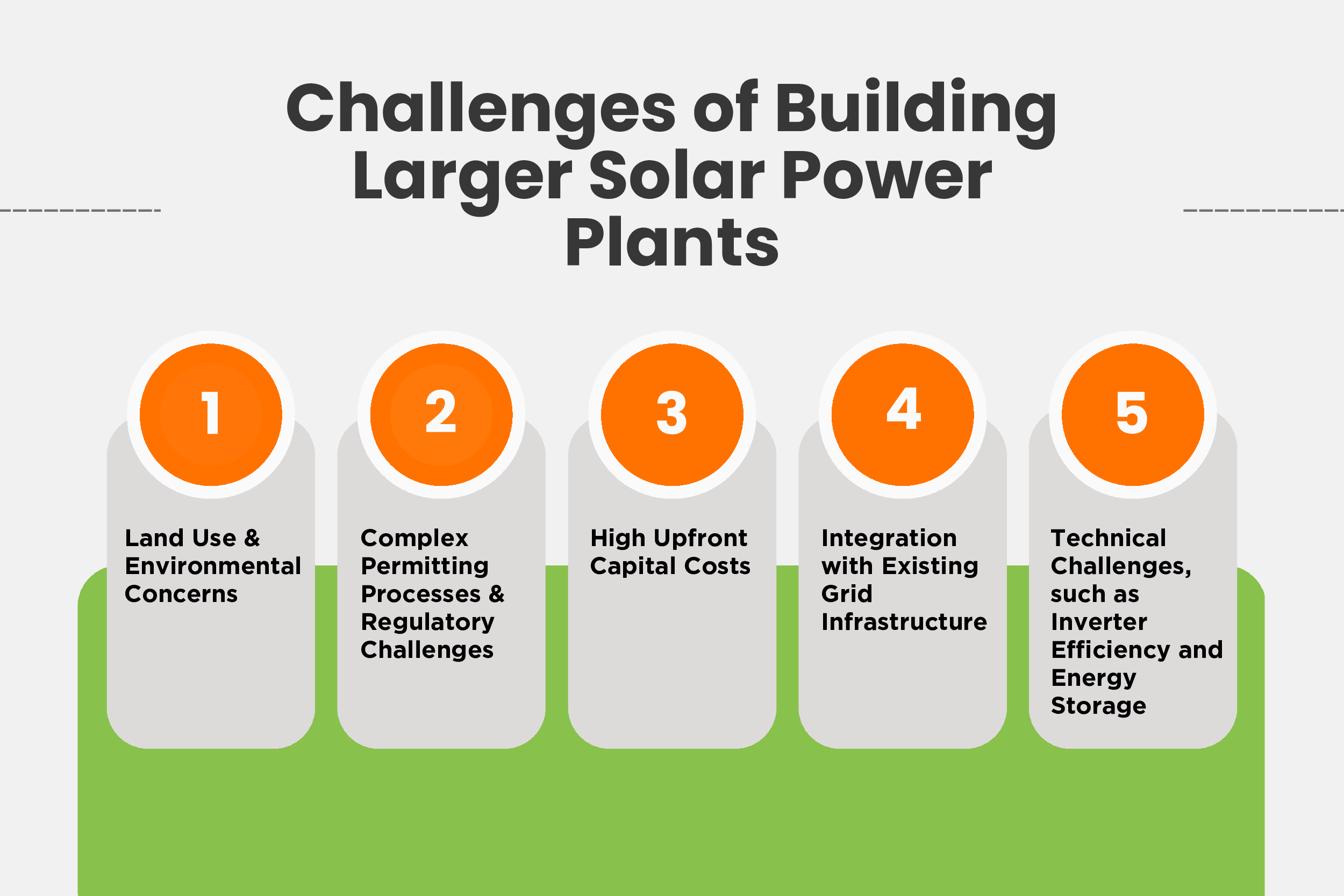China's ambitious Solar Great Wall project is making headlines, and for good reason. This monumental initiative aims to transform vast desert areas into a renewable energy powerhouse while simultaneously addressing the pressing issue of desertification. As we delve into the details of this project, it's essential to consider both its potential benefits and the challenges it may face during implementation.

A Visionary Initiative
The Solar Great Wall is not just about solar panels; it represents a visionary approach to sustainable development. Spanning 400 kilometers with an average width of 5 kilometers, this project is set to boast an impressive 100 million kilowatts of installed capacity. By 2030, it is expected to generate around 180 billion kilowatt-hours of electricity annually, enough to power millions of homes and significantly reduce reliance on fossil fuels.
Moreover, the project aims to rehabilitate nearly 27 million hectares of desert land, which is crucial for combating desertification—a growing concern in many parts of China. The dual focus on energy production and ecological restoration highlights a holistic approach to environmental sustainability.

Challenges on the Horizon
While the Solar Great Wall presents an exciting opportunity for renewable energy advancement, it is not without its challenges. Here are some key hurdles that could impact its successful implementation:
1. Planning and Regulatory Hurdles
Navigating the complex landscape of planning approvals and regulatory compliance can be daunting. Delays in securing necessary permits may slow down progress and increase costs, potentially jeopardizing the project's timeline.
2. Technical Difficulties
Solar technology is continually evolving, but it still faces inherent challenges. Mechanical failures, efficiency losses due to heat, and the need for innovative solutions to optimize energy capture are critical factors that must be addressed to ensure the project's success.
3. Environmental Concerns
While the project aims to restore ecological balance, there is always a risk that large-scale developments could inadvertently harm local ecosystems. Careful management and ongoing environmental assessments will be essential to mitigate any negative impacts.
4. Supply Chain Issues
In today's global economy, supply chain disruptions can significantly affect large-scale projects. The availability of materials and components needed for solar installations could pose logistical challenges, impacting both timelines and budgets.
A Bright Future Ahead
Despite these challenges, the Solar Great Wall stands as a testament to China's commitment to renewable energy and environmental stewardship. If successful, it could serve as a model for similar initiatives worldwide, demonstrating how large-scale solar projects can contribute to both energy security and ecological restoration.
As we move forward into an era increasingly defined by climate change and environmental degradation, initiatives like the Solar Great Wall are crucial. They remind us that with innovation, determination, and careful planning, we can harness the power of nature to create a sustainable future for generations to come.
In conclusion, while challenges abound, the potential rewards of the Solar Great Wall are immense. It’s an exciting time for renewable energy in China and beyond—let's hope this bold initiative paves the way for a greener planet!